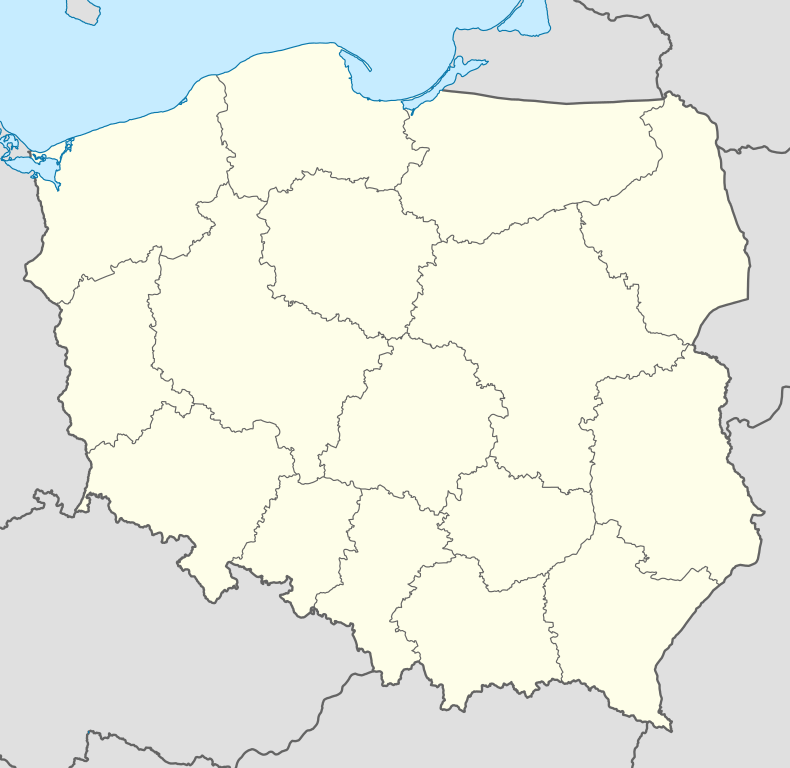Linn
Linn is a first name for girls. This name is common in countries such as Sweden and Norway. Otherwise it can also be spelled "Lynn". Linn may refer to:
Linn (surname)
Place names
Other
- Linn Sondek LP12, turntable manufactured by Linn Products
- Linn Isobarik, loudspeaker manufactured by Linn Products
- Linn Records, a record label, division of Linn Products

Carl Linnaeus
Carl Linnaeus (/lɪˈniːəs, lɪˈneɪəs/; 23 May 1707 – 10 January 1778), also known after his ennoblement as Carl von Linné (Swedish pronunciation: [ˈkɑːɭ ˈfɔnː lɪˈneː]), was a Swedish botanist, physician, and zoologist, who formalised the modern system of naming organisms called binomial nomenclature. He is known by the epithet "father of modern taxonomy". Many of his writings were in Latin, and his name is rendered in Latin as Carolus Linnæus (after 1761 Carolus a Linné).
Linnaeus was born in the countryside of Småland, in southern Sweden. He received most of his higher education at Uppsala University, and began giving lectures in botany there in 1730. He lived abroad between 1735 and 1738, where he studied and also published a first edition of his Systema Naturae in the Netherlands. He then returned to Sweden, where he became professor of medicine and botany at Uppsala. In the 1740s, he was sent on several journeys through Sweden to find and classify plants and animals. In the 1750s and '60s, he continued to collect and classify animals, plants, and minerals, and published several volumes. At the time of his death, he was one of the most acclaimed scientists in Europe.

Linné (crater)
Linné is a small lunar impact crater located in the western Mare Serenitatis. The mare around this feature is virtually devoid of other features of interest. The nearest named crater is Banting to the east-southeast.
The estimated age of this crater is only a few tens of millions of years. It was earlier believed to have a bowl shape, but data from the LRO showed that it has a shape of a flattened, inverted cone. The crater is surrounded by a blanket of ejecta formed during the original impact. This ejecta has a relatively high albedo, making the feature appear bright.
In 1866, the experienced lunar observer and mapmaker Johann Friedrich Julius Schmidt made the surprising claim that Linné had changed its appearance. Instead of a normal, somewhat deep crater it had become a mere white patch. A controversy arose that continued for many decades. However, this crater size tests the limit of visual perception of Earth-based telescopes. In conditions of poor seeing this feature can appear to vanish from sight (see also transient lunar phenomenon).
Kota
Kota or KOTA may refer to:
Peoples and languages
- The Kota language (India), a Dravidian language spoken in the southern Indian state of Tamil Nadu
- The Kota language (Gabon), a bantu language of the Bakota people of Gabon
Media
Places
- Administrative division usually translated as "city", above district (kecamatan), below province, equivalent to regency (kabupaten)
- Kota, Jakarta, an old area in Jakarta
- Kotagede, Yogyakarta

Kotań
Kotań [ˈkɔtaɲ] (Ukrainian: Котань, Kotan’) is a village in the administrative district of Gmina Krempna, within Jasło County, Subcarpathian Voivodeship, in south-eastern Poland, close to the border with Slovakia. It lies approximately 4 kilometres (2 mi) north-west of Krempna, 24 km (15 mi) south of Jasło, and 67 km (42 mi) south-west of the regional capital Rzeszów.
The village has a population of 360.
References
See also
Coordinates: 49°32′N 21°29′E / 49.533°N 21.483°E / 49.533; 21.483

Kota, Rajasthan
Kota (![]() i/ˈkoʊtə/) formerly known as Kotah, is a city located in the southeast of northern Indian state of Rajasthan. It is located Around 250 kilometres (155 mi) south of the state capital, Jaipur. Situated on the banks of Chambal River, it is the third most populous city of Rajasthan afterJaipur and Jodhpur and 46th most populous city of India. It serves as the administrative headquarters for Kota district and Kota Division. Kota has a number of engineering and medical coaching institutes.
i/ˈkoʊtə/) formerly known as Kotah, is a city located in the southeast of northern Indian state of Rajasthan. It is located Around 250 kilometres (155 mi) south of the state capital, Jaipur. Situated on the banks of Chambal River, it is the third most populous city of Rajasthan afterJaipur and Jodhpur and 46th most populous city of India. It serves as the administrative headquarters for Kota district and Kota Division. Kota has a number of engineering and medical coaching institutes.
The city is the trade centre for an area in which millet, wheat, rice, pulses, coriander and oilseeds are grown; industries include cotton and oilseed milling, textile weaving, distilling, dairy, manufacture of metal handcrafts, fertilizers, chemicals and engineering equipment.
The town of Kota was once the part of the erstwhile Rajput kingdom of Bundi. It became a separate princely state in the 17th century. Apart from the several monuments that reflect the glory of the town, Kota is also known for its palaces and gardens.
Podcasts:

